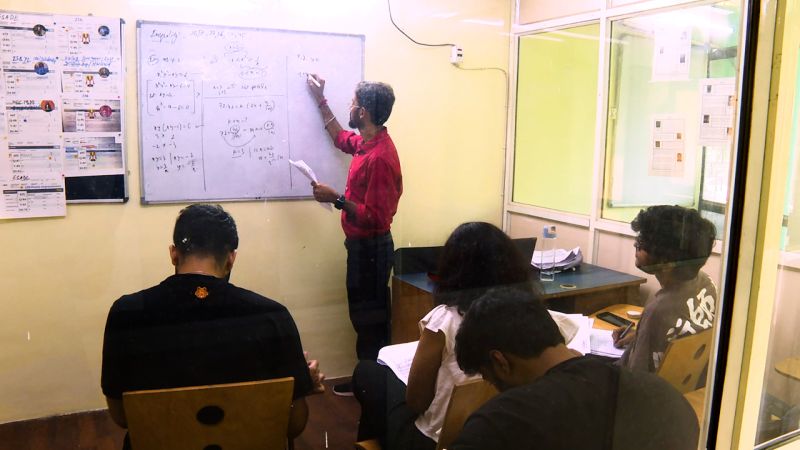Copyright Star Tribune

The first generation drones crashed several times during previous field tests, Krishnakumar said. The team upgraded sensors for better data collecting and autonomous steering, and improved the drones’ propulsion by making them bigger and fitting them with better propellers. “The big picture is one day these drones can be used to understand where the wildfires go, how they behave and to perform large scale surveillance of wildfires,” Krishnakumar said. “The major challenge we’re trying to understand is how far these smoke particles can be transported and the altitude in which they can go.” University of Minnesota researchers fly drones in the smoke of a prescribed burn at Cedar Creek Ecosystem Science Reserve in East Bethel on Oct. 24. (Renée Jones Schneider/The Minnesota Star Tribune) Understanding the behavior of particles like embers can help firefighters prevent wildfires from spreading, said Yue Weng, another researcher on the team. Though the project has a way to go before it can be used for large-scale wildfires, the research represents a significant step toward using fully autonomous drone systems for emergency response and scientific research missions, said Jiarong Hong, professor at the University of Minnesota’s Department of Mechanical Engineering. This year, 1,200 wildfires have been recorded in Minnesota so far, according to the state Department of Natural Resources. On a smaller scale, the technology could also be used to better manage prescribed burns, Hong said. Between 2012 and 2021, prescribed burns that went out of control caused 43 wildfires nationwide, according to the Associated Press. Department of Natural Resources staff light a backfire as University of Minnesota researcher Shibo Wang flies a drone to study its HVAC filters at Cedar Creek Ecosystem Science Reserve in East Bethel on Oct. 24. (Renée Jones Schneider/The Minnesota Star Tribune) “To characterize and measure particle transport in the real field is very challenging. Traditionally, people do small scale lab experiments and study this at a fundamental level,” Hong said. “Such an experiment doesn’t capture the complexity involved in the real field environment.”



